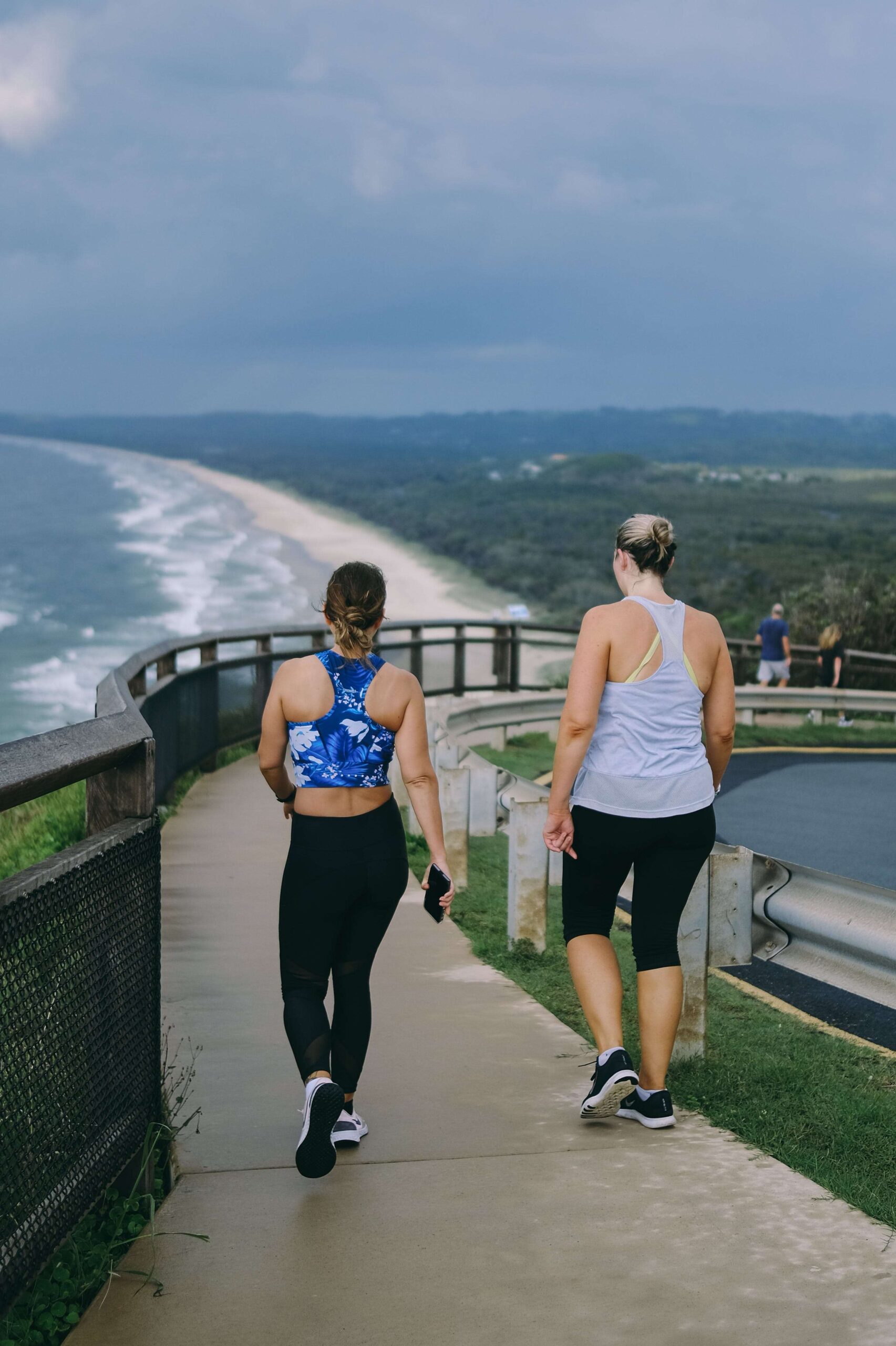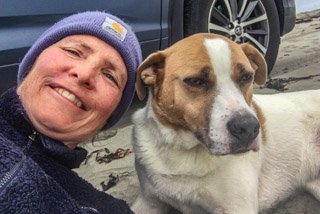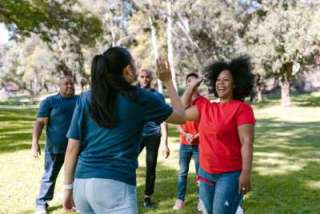Increase Movement
Increase Movement
Some of my clients recently asked for strategies to increase movement during the holidays. They expressed concerns about diminished activity due to numerous video conferences. My own client sessions have become less active for me since I began Zoom sessions. I still demonstrate exercises, but mostly I supervise clients completing their workouts at their homes or coach through struggles while I stand at my treadmill desk screen.
Note the operative words: stand and treadmill desk. Grab every opportunity to stand instead of sit. If you have an adjustable desk and can stand for at least half your work time, great. Build opportunities to walk during work meetings or phone calls. My hiking buddy actually started a conference as we returned to our cars after a recent hike. Increase daily movement however you can.


Movement Tips and Tricks
Below I present suggestions for moving more and encouraging wellness while at home.
- Set an alarm. Remind yourself to move every hour. Use five minutes to stretch, toss laundry in the drier, place dishes in the dishwasher, fix some tea, walk up and down the stairs for a few minutes, or vacuum.
- Play music. Vigorously dance to encourage blood flow. Not only is this fun, but it will help minimize brain fog and maximize alertness.
- Incorporate movement at your desk. Set up a workstation at your treadmill, use an exercycle, or try a step-in-place device. Set up stretching bands, TRX loops, or a pullup bar, and grab a few repetitions as a break. Stretch your calves. Do some squats. Push away from the counter. All movement helps.
- Plan short breaks between Zoom appointments. Grab a 15-minute walk in the neighborhood, hug your pet or child, get a healthy snack, or sit outside in the sun and ground barefoot. (Yes, even in the dead of winter I include barefoot time whenever it’s not freezing, snowing, or pouring)
As for nutrition strategies at home, try a few of these:
- Keep water nearby at all times. Divide your body weight (in pounds) by two and try to consume that number of ounces every day. A person who weighs 150 pounds should shoot for drinking 75 ounces each day. Add to that if you’re exercising vigorously for an extended period of time (i.e. hiking). Once you empty your water bottle, get up and fill it. The tactile reminder will encourage you to move more often.
- Make it hard to get easily consumed, high-caloric-density snacks. Even better, don’t buy them; once you bring junk food into the house, you’ll either eat it or throw it out. Have ready-made hummus, veggies, hard-boiled eggs, sliced fruit, or nuts to eat instead.
- Include a few options for managing stress. Try taking deep, cleansing breaths whenever you feel stressed, try the suggestions above, or simply stare out the window and let your mind wander.
- Nap! If you find yourself dozing off or getting increasingly frustrated and you have the luxury of twenty minutes, grab a catnap. This is a much better way to get through the afternoon than using caffeine or sugar to temporarily provide a boost which will then disrupt your sleep later.
Weekly Guidelines for Adults
If you’re wondering how much is enough, consider the following governmental recommendations.
Regardless of age or ability, every American should strive (within their abilities) for the following:
- Moderate exercise (HR <130 beats per minute for the average 50-year-old) 150-300 minutes per week
- OR Vigorous exercise (HR>130 bpm) 75-150 minutes per week
- Full body strength or resistance training twice per week for 30-60 minutes.
Older adults should also incorporate balance training.
What qualifies as “moderate” exercise? Brisk walking <3 mph, recreational swimming, level biking <10 mph, doubles tennis, power yoga, dancing, or chores are some examples/
What qualifies as “vigorous” aerobic exercise? Jogging or running, swimming laps, singles tennis, biking >10 mph or on hills, kickboxing or step aerobics, cross-country skiing, jumping rope, and hiking uphill or with a pack.
Whatever your favorite activity as a kid, consider returning to it in some capacity as an adult. Make movement FUN again!
Winter Hiking
If you enjoy hiking year-round and you want to maintain your mileage and gain during cold and snowy weather, try a few of the following suggestions.
- Explore more-frequented trails near the city. This time of year, Pacific Northwest Trails are relatively empty. Cougar Mountain, Squak Mountain, and Tiger Mountain both have tons of great low-elevation trails that provide wonderful hiking opportunities without much snow.
- Consider doing “laps” on a lower elevation hike. Cougar Mountain, for example, has plenty of miles of trails that you can link into longer outings. On a hike two weeks ago, I completed the Big Tree Ridge Trail twice for over nine miles and 2700 feet of elevation gain. It all counts toward maintaining your hiking fitness.
- Plan hikes with work companions or, like my buddy did two weeks ago, start a conference call toward the end of your outing to squeeze fitness into your hectic day.
- Carry a pack at least once a week to maintain in-season fitness levels so that when you start ramping up you don’t have to start from scratch.
- Complete urban workouts with a pack. Hikes are not the only way to carry weight! Walk to the library to check out or return books, or visit the grocery store and carry groceries home in a pack. I seldom use my car unless I have to drive more than a few miles. I combine local errands with dog walking and pack carrying so we’re both happy. Added benefit? We’re doing our part to save fuel and promote clean green living.
- And never forget the power of snow fun. Shoveling snow, making a snow creature, having a snowball fight, or simply enjoying a fresh snowfall is one of the very best ways to get outside in the winter.






